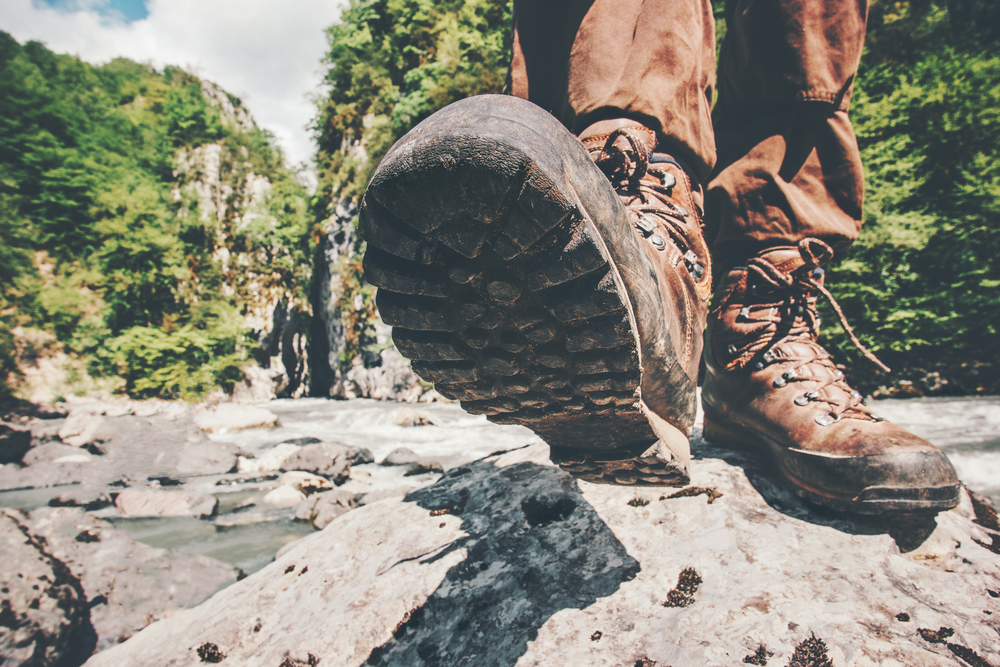Top considerations when buying trekking shoes

The shoe market has all manner of trekking shoes; from the design, type of material, orientation and feel, they are all so different and it is very easy to get confused. Do you need trekking shoes because you take a long walk to work every day or are you planning to go on a trekking adventure? The right trekking shoe should not only be comfortable to wear but also support your entire weight.
You are not just looking for a shoe that does not wear out easily but also a pair that fits like the mythical Cinderella slipper. Going for shoe shopping can turn into a nightmare once you meet all those eager salesmen trying to make you buy one type or the other. Since your plan is to buy a shoe, why not apply the following tips for a smooth experience?
Where will you be walking?
Every shoe maker starts their design process with thinking about what terrain they wish their shoe to be of service. All aspects of a shoe from the sole to the height will depend on the environment in the mind of the designer. Some trekking shoes are obviously multi-terrain and especially if they are used within the recommendations of the manufacturer.
If you plan to trek on predictable paths that are well-trodden, a lightweight pair of trekking shoes will do. The reasonable flexibility level of such a shoe allows for comfort and effortless movement of the feet. If such a shoe has a rubber sole for instance, that means that walking will not be a problem even when the ground is wet.
Will you be walking through water?
You might not need to overexert yourself when choosing a pair of trekking shoes to use on a wet path because most are already built with this consideration in mind. It is one thing to walk through stream of water but yet another to keep your feet sweat free. Your boots up to this point are safe from water sipping inside, but what about internal condensation? This is another way of saying that your shoes need to be breathing all the time. If you can get hold of a pair that allows sweat to evaporate, that is good enough. Otherwise, a pair that has a gaiter will do. Does the sales person know where the hooks for trekking shoes came from? Cross your fingers and hope that the pair you have fallen in love with is made with Moro Minuterie accessories that galvanized to offer high moisture resistance and functionality.
Do you prefer leather or synthetic?
With technological advancement, synthetic materials are nowadays treated to mimic leather in both appearance and function. Previously, the preference for leather products was high due to the fact that leather was thought to clean easily and last longer. This is true but so is the fact that some of the synthetic materials used for shoe manufacture perform just as well. Well, it does not matter really if you wear leather or synthetic trekking shoes unless you are strictly vegan.
What is the fit?
Walking shoes just have to fit right; otherwise you will be nursing blisters for days after your trekking adventure. When fitting for a walking shoe, do not just consider the size but also the shape of the foot. Some people have wider feet than others and this means that even if they are the same size, a shoe worn by one will not be a perfect fit on the other.
Clearly, buying a trekking boot is not an easy task and it is best to do the fitting in-store if you are not sure about your fit.